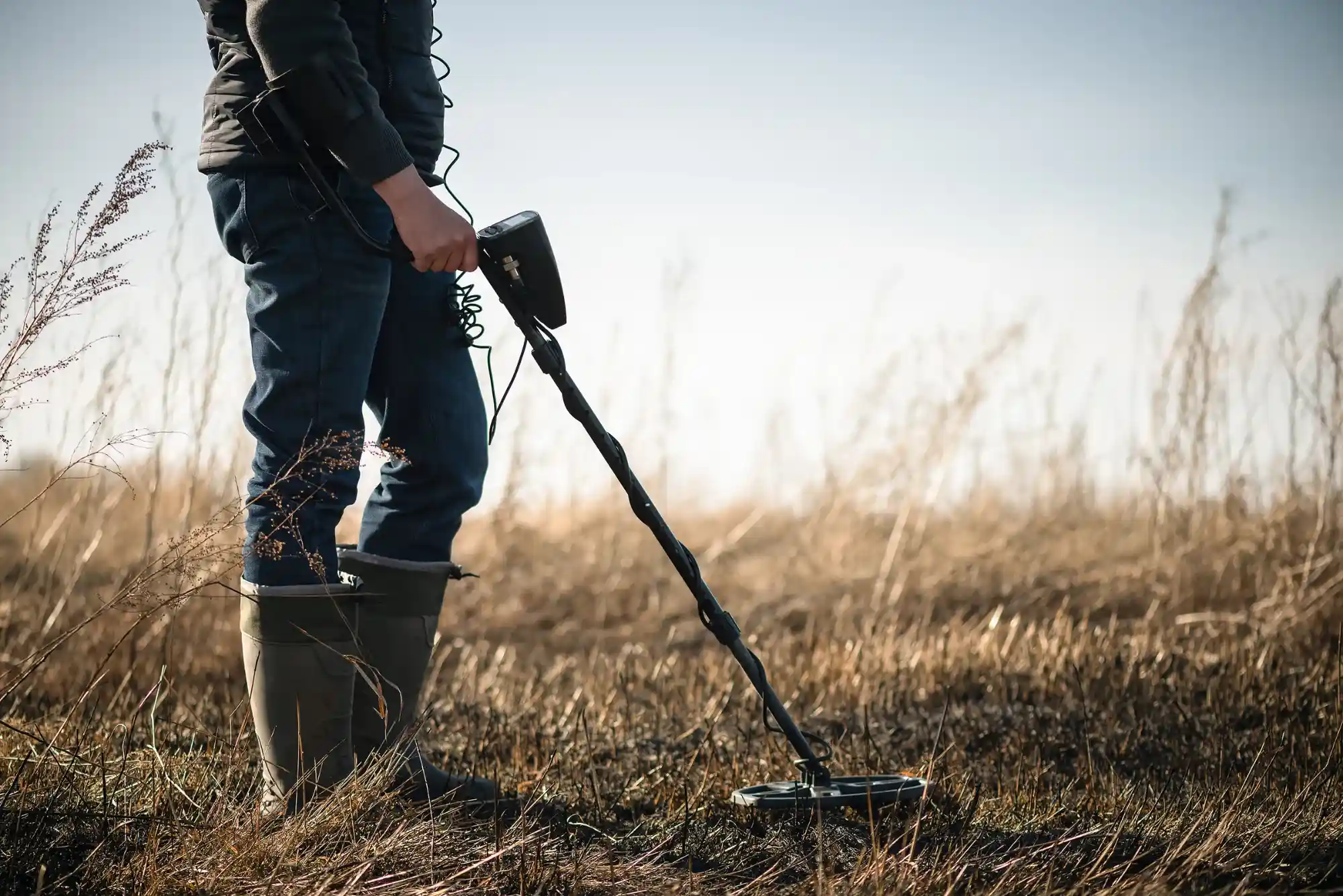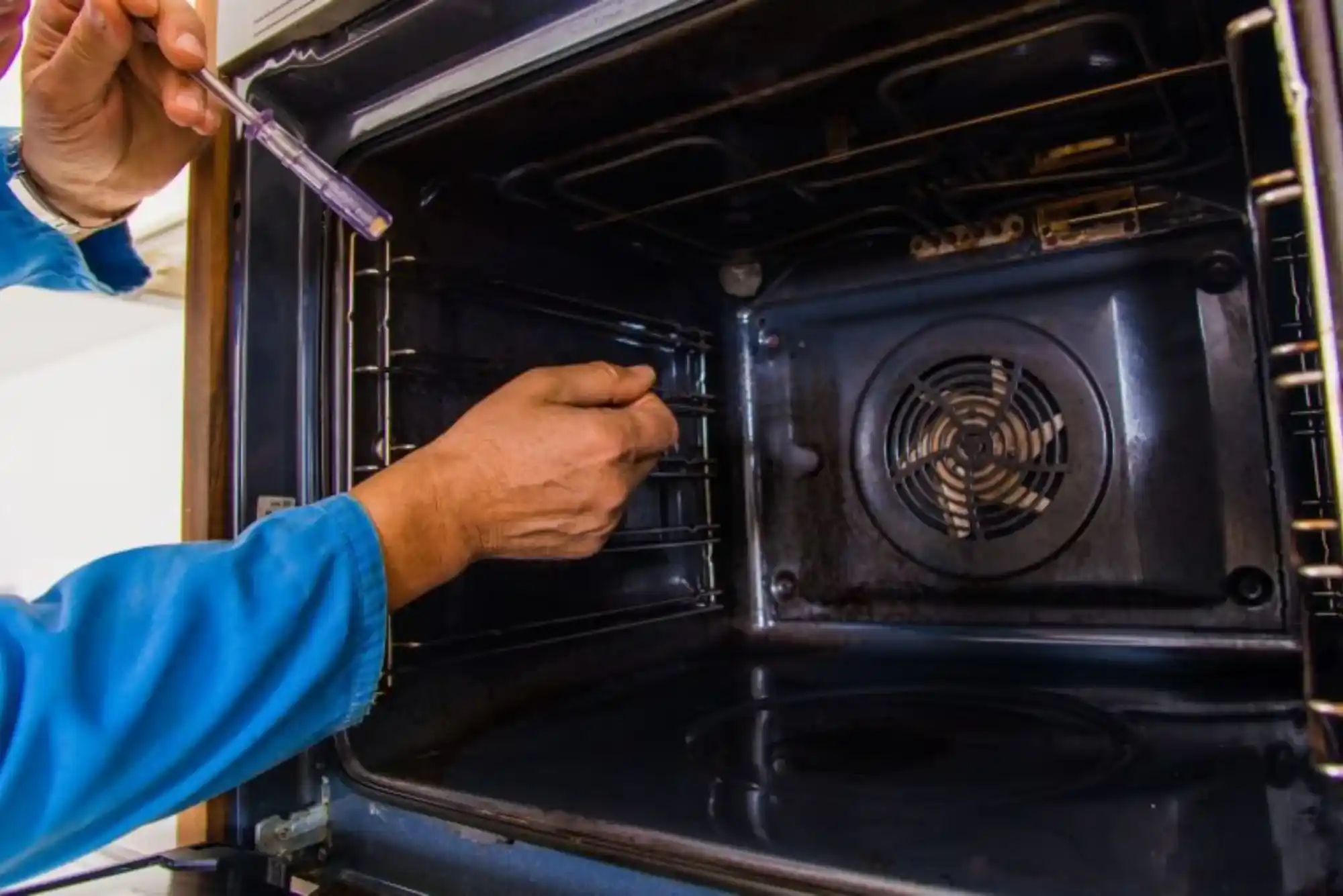Gold prospecting has captivated adventurers and treasure hunters for centuries, blending the thrill of discovery with the promise of valuable finds. Whether you’re a seasoned prospector or a beginner eager to explore, choosing the right gold detector can make all the difference. A quality gold detector machine is more than just a tool; it’s your partner in uncovering hidden treasures buried beneath the earth. But with so many models on the market, how do you decide which one suits your needs? This guide dives into the essential features to look for in a gold detector, ensuring you make an informed choice that aligns with your goals and environment.
Selecting a gold detector involves understanding the technology, terrain, and your own prospecting style. From sensitivity to small gold nuggets to durability in harsh conditions, the right features can elevate your experience and improve your chances of success. This article breaks down the key aspects to consider, offering practical insights to help you navigate the world of gold detectors with confidence.
Understanding Gold Detector Technology
Gold detectors operate using specialized technology designed to detect metal objects, particularly gold, which has unique conductive properties. Most gold detectors use one of two primary technologies: Very Low Frequency (VLF) or Pulse Induction (PI). Each has distinct advantages depending on your prospecting needs.
Very Low Frequency (VLF) Detectors
VLF detectors are popular for their sensitivity to smaller gold nuggets, making them ideal for areas with fine gold particles. They work by transmitting and receiving electromagnetic fields, which are disrupted by metal objects. VLF detectors are typically lighter, more affordable, and better suited for beginners. They also offer good discrimination capabilities, allowing you to filter out unwanted metals like iron.
However, VLF detectors can struggle in highly mineralized soils, common in gold-rich areas, due to interference from ground minerals. If you’re prospecting in moderately mineralized terrain or focusing on smaller gold targets, a VLF detector with adjustable ground balance is a solid choice.
Pulse Induction (PI) Detectors
PI detectors excel in challenging environments, such as highly mineralized soils or saltwater beaches. They emit short pulses of energy, making them less affected by ground mineralization. This makes PI detectors ideal for deep-seeking applications or prospecting in tough conditions, like desert or coastal regions.
While PI detectors are more powerful for depth, they are often heavier, more expensive, and less effective at discriminating between metals. If you’re working in rugged, mineral-heavy terrain and prioritize depth over pinpoint accuracy for small targets, a PI detector is worth considering.
Which Technology Suits You?
Choosing between VLF and PI depends on your prospecting environment and goals. For beginners or those in less mineralized areas, a VLF detector offers versatility and ease of use. For experienced prospectors tackling harsh terrains, a PI detector’s robustness may be the better fit. Look for models that allow you to switch between modes or adjust settings for maximum flexibility.
Key Features to Look for in a Gold Detector
When evaluating a gold detector machine, several features determine its effectiveness. Below are the critical factors to consider, ensuring your detector meets both your practical needs and the demands of your prospecting environment.
Sensitivity and Frequency
Sensitivity is a cornerstone of any effective gold detector. Gold, especially in small nuggets or flakes, requires a detector with high sensitivity to pick up faint signals. Higher frequency detectors (typically 18 kHz or above) are better suited for detecting small gold particles, as they respond more effectively to low-conductivity metals like gold.
However, high sensitivity can increase false signals in mineralized soils. Look for a detector with adjustable sensitivity settings, allowing you to fine-tune based on the terrain. Some advanced models also offer multiple frequency options, giving you the flexibility to switch between high sensitivity for small gold and lower frequencies for deeper, larger targets.
Ground Balance Capabilities
Ground balance is critical for gold prospecting, as gold is often found in mineral-rich soils that can interfere with detection. Ground balance adjusts the detector to ignore minerals like iron or salt, focusing only on metal targets. There are three types of ground balance:
-
Manual Ground Balance: Allows you to adjust settings based on the soil, offering precise control but requiring experience.
-
Automatic Ground Balance: Automatically adjusts to soil conditions, ideal for beginners or rapidly changing terrains.
-
Tracking Ground Balance: Continuously monitors and adjusts to soil changes, perfect for dynamic environments.
For gold prospecting, a detector with tracking or adjustable ground balance is essential, especially in areas with varying mineralization. This feature ensures you can focus on gold signals without distractions from the ground.
Discrimination and Target ID
Discrimination allows a detector to differentiate between metals, helping you avoid digging up unwanted items like nails or bottle caps. For gold prospecting, discrimination is a double-edged sword: while it can save time, overly aggressive settings may filter out small gold nuggets, which have similar conductivity to trash metals.
Look for a detector with customizable discrimination settings, allowing you to balance sensitivity and selectivity. A clear Target ID display, whether visual (on an LCD screen) or audio-based (distinct tones), enhances your ability to identify potential gold targets quickly.
Depth and Range
The depth at which a detector can locate gold is a key consideration, particularly for larger nuggets buried deeper. PI detectors generally offer greater depth penetration, making them suitable for finding larger targets in tough conditions. VLF detectors, while less powerful for depth, excel at detecting smaller surface-level gold.
Consider the typical depth of gold in your prospecting area. If you’re searching in regions known for shallow gold deposits, a VLF detector may suffice. For deeper targets, prioritize a PI model or a high-end VLF with enhanced depth capabilities.
Coil Size and Type
The search coil is the heart of a gold detector, directly affecting its sensitivity and coverage. Smaller coils (5–8 inches) are more sensitive to tiny gold nuggets and better for navigating rocky or uneven terrain. Larger coils (10–14 inches) cover more ground and are better for deeper targets but may miss smaller nuggets.
Concentric coils provide better discrimination, while Double-D (DD) coils handle mineralized soils more effectively. Many detectors come with interchangeable coils, allowing you to adapt to different conditions. Choose a detector with coil options that match your prospecting style and terrain.
Durability and Weather Resistance
Gold prospecting often takes you to rugged environments—deserts, rivers, or mountains—where your detector must withstand dust, water, and rough handling. Look for a gold detector machine with a robust build, preferably with an IP rating (e.g., IP68) for water and dust resistance. Waterproof or submersible detectors are ideal for prospecting near streams or in wet conditions.
Additionally, consider the detector’s weight and ergonomics. A lightweight model with an adjustable shaft reduces fatigue during long prospecting sessions, especially in remote areas.
Ease of Use and Interface
A user-friendly interface can significantly enhance your prospecting experience. Look for detectors with intuitive controls, clear displays, and customizable settings. Features like backlit screens, audio feedback, and preset modes make operation easier, especially for beginners.
Advanced users may prefer detectors with detailed customization options, such as programmable modes or sensitivity adjustments. Ensure the interface aligns with your skill level and prospecting goals.
Battery Life and Portability
Long prospecting trips require a detector with reliable battery life. Most modern detectors offer 8–20 hours of operation on a single charge, but some high-end models include rechargeable batteries or solar charging options. Check whether the detector uses standard batteries (e.g., AA) or proprietary ones, as this affects convenience in remote areas.
Portability is also key. A compact, collapsible design makes it easier to transport your detector to remote sites. Look for models with carrying cases or straps for added convenience.
Additional Features
Some detectors come with extras that enhance functionality:
-
Wireless Audio: Bluetooth headphones reduce cable clutter and improve mobility.
-
GPS Integration: Useful for marking find locations in remote areas.
-
Built-in Pinpointer: Helps locate targets precisely after detection.
-
Smartphone Connectivity: Allows for software updates or data logging.
While not essential, these features can improve efficiency and comfort, especially for frequent prospectors.
Matching Features to Your Prospecting Needs
Your choice of gold detector should align with your experience level, budget, and prospecting environment. Here’s how to tailor your selection:
Beginners
For those new to gold prospecting, prioritize ease of use and affordability. A VLF detector with automatic ground balance, moderate sensitivity, and preset modes is ideal. Look for models with clear audio and visual feedback to simplify target identification.
Intermediate Prospectors
If you have some experience, consider a detector with adjustable settings, such as manual ground balance or customizable discrimination. A mid-range VLF or entry-level PI detector offers versatility for varied terrains without overwhelming complexity.
Advanced Prospectors
Seasoned prospectors tackling challenging environments should opt for high-end PI detectors or advanced VLF models with tracking ground balance, high-frequency options, and robust builds. Features like GPS or wireless audio can enhance efficiency in remote or mineralized areas.
Budget Considerations
Gold detectors range from $200 to over $5,000. Entry-level models are suitable for casual prospecting, while high-end detectors offer advanced features for serious users. Balance your budget with the features you need most, such as sensitivity or durability, to get the best value.
Top Tips for Using Your Gold Detector
Once you’ve chosen a gold detector, maximize its potential with these tips:
-
Research Your Prospecting Area: Study geological maps or historical records to identify gold-rich locations. This ensures you’re using your detector in areas with high potential.
-
Practice in Controlled Settings: Test your detector in your backyard or a known area to familiarize yourself with its signals and settings.
-
Adjust for Terrain: Fine-tune ground balance and sensitivity based on soil conditions to reduce false signals.
-
Use Proper Technique: Swing the coil low and slow, overlapping each pass to cover the ground thoroughly.
-
Maintain Your Equipment: Clean the coil and check connections regularly to ensure optimal performance.
Common Mistakes to Avoid
Avoid these pitfalls to get the most out of your gold detector:
-
Ignoring Ground Balance: Failing to adjust for soil mineralization can lead to false signals and missed targets.
-
Over-Reliance on Discrimination: High discrimination settings may filter out small gold nuggets. Use them sparingly.
-
Neglecting Maintenance: Dirt or damage to the coil can reduce performance. Keep your detector clean and stored properly.
-
Choosing the Wrong Coil: Ensure your coil size matches the terrain and target size for best results.
Conclusion
Selecting the right gold detector machine is a critical step in your prospecting journey. By focusing on key features like sensitivity, ground balance, discrimination, and durability, you can choose a detector that matches your skill level, budget, and environment. Whether you opt for a VLF detector for small nuggets or a PI model for deep targets in tough conditions, understanding these features ensures you’re equipped for success.
Investing time in researching and testing your detector will pay off in the field. With the right gold detector and a strategic approach, you’ll be well on your way to uncovering hidden treasures. Happy prospecting!





